

|
|
|


|
Tamiya German Tiger I Early Production - RTR - 23623 (Radio Controlled Model Review)1/16 Scale Electric Tank -
Released by Tamiya on March 29, 2006, the German Tiger I Early Production (# 23623) is the Factory Finished, Limited Edition RTR version.
▼ Scroll Down for More Images ▼
Rating: 4
|








|
|
|

|
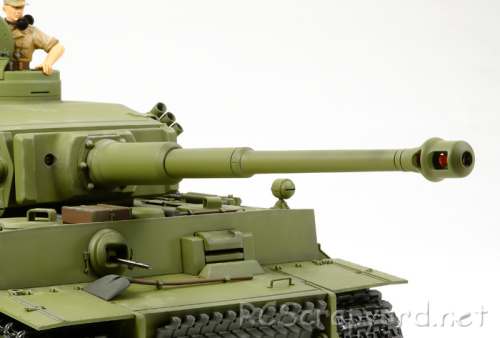
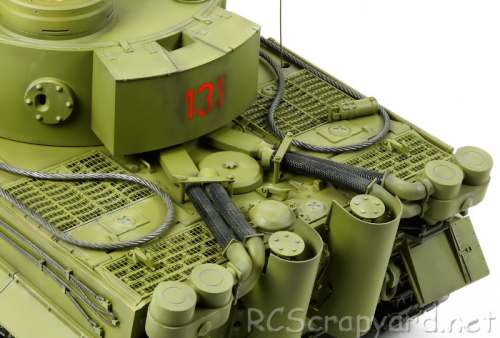
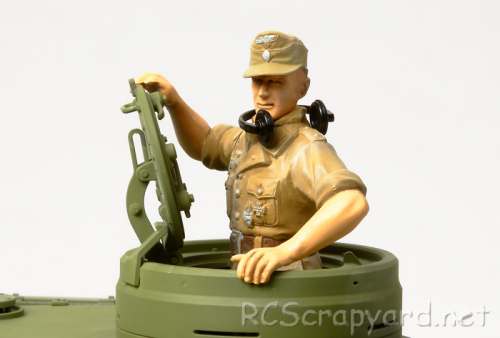
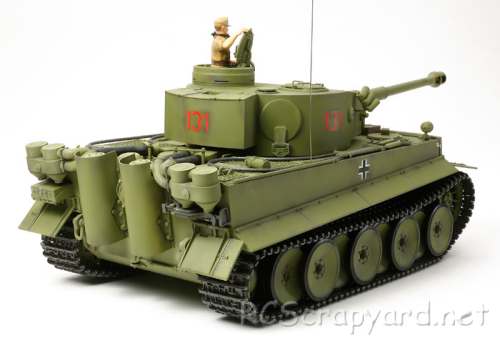
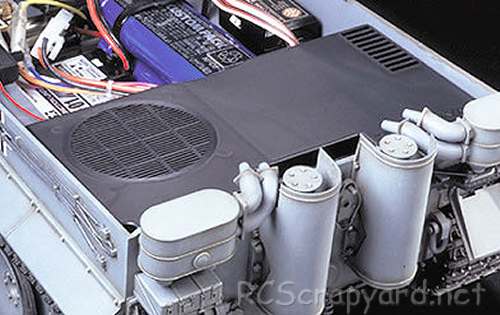
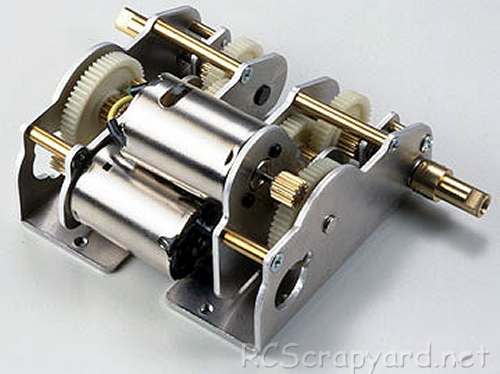
|
Hints, Tips and Information
How to avoid Radio Interference
1/ The first consideration when installing your Receiver into your Electrically Powered Model is to make sure it is well away from the Negative Battery terminal, and the Motor. The Magnetic field can cause stuttering type interference at times of high current draw (i.e., Fast Acceleration) |









|






|
|
|
|
Hints, Tips and Information Electric Motors for RC ModelsWinds and Turns
Q/ What does 15x2 or 17x3 mean? |
|
Hints, Tips and Information
Bumpsteer
In plain language, Bumpsteer is exactly what it sounds like. If your car goes over a bump, it will affect the toe-in setting and can on some tracks make handling of the car in a straight line difficult. |
|
RC Models:
|
Radio & Motors: |
Other
Accessories: |